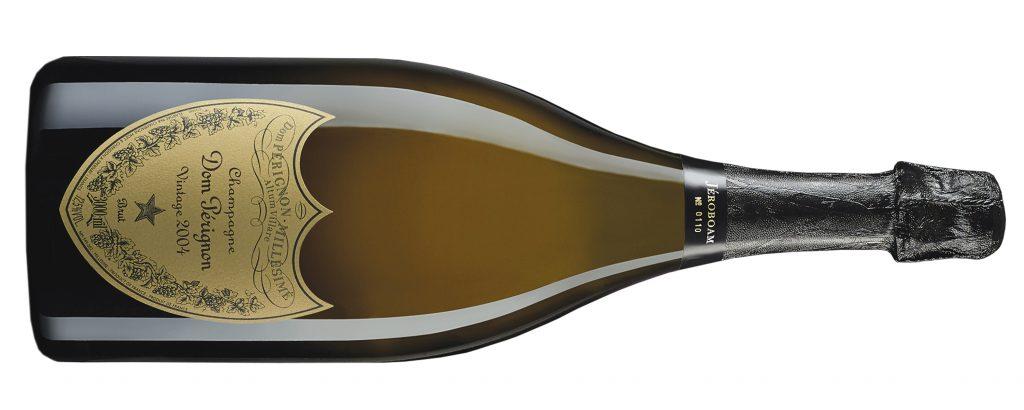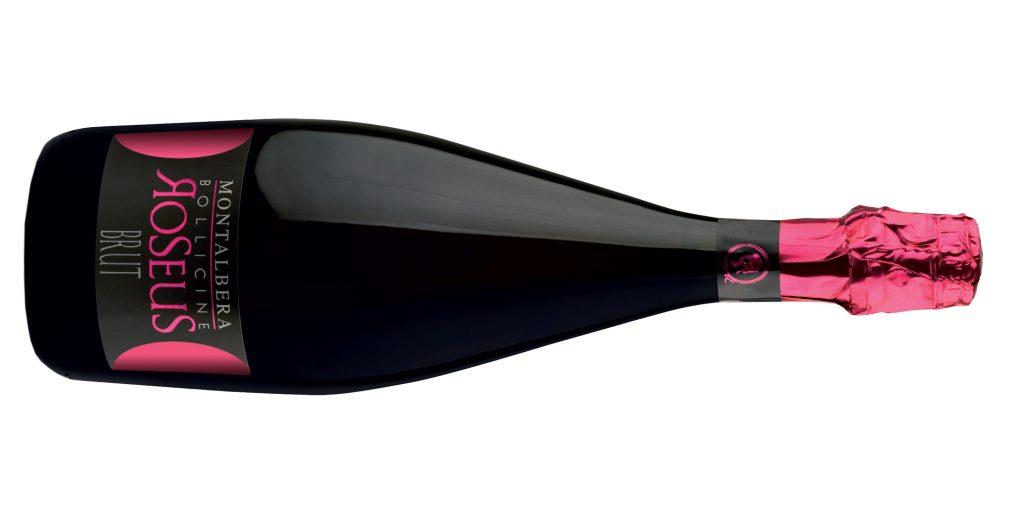
The Beauty of Champagne
“Come quickly, I am drinking the stars.”
Legend has it these were the words exclaimed by Dominus Perignon upon his accidental invention of Champagne in the late 17th century. Since then, bubbly has been the pour of choice for celebrations—even if you’re simply toasting a Tuesday night—and Dom himself would be happy to know that his name is on one of the top labels. However, there are numerous sparkling options beyond Champagne proper, a name that only wines from the Champagne region of France can use. Here, then, is a small selection of lifting libations to float you through the holidays. With so much to celebrate this season—including the launch of Women’s Golf Journal—we suggest trying more than one.
In order, from “special event for two” through to “large holiday party,” there are bubbles for everyone (and for every budget). Now get to popping!
Nucleation site
An etching in a Champagne glass, usually a flute, that encourages and directs bubbles. Carbonation likes to grab onto something, form a little pocket and then rise. The small etching helps to direct the bubbles (usually into beautiful streams rising from the center-bottom of the glass) and even controls the rate of carbonation, helping sparkling wine retain its fizz longer.
Coupe or Saucer
The style of Champagne glass popular from the 1700s through to the 1970s, which features a shallow, wide bowl atop a stem. While beautiful and still popular for those with vintage flair, sparkling wine tends to lose its carbonation more quickly in these due to the expanded surface area (compared to a flute). Revelers also run the risk of warming their wine as people typically hold these by the bowl, not the stem. Still, if you want to make a Champagne tower, these are the best option.
Muselet
The wire cage that fits over a sparkling wine’s cork to prevent it from flying out of the bottle under pressure from the carbonated beverage inside. A quick bit of party trivia: All modern muselets require six half turns to unwind. After that, fire away!






